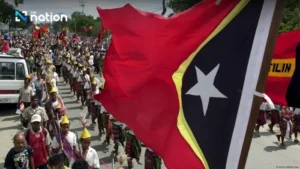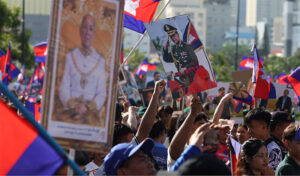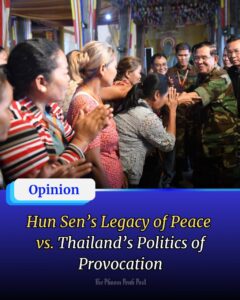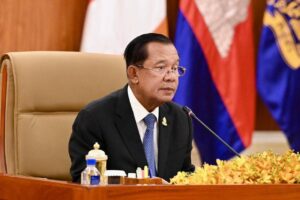Timor-Leste: A young nation forged in resilience celebrates its independence
BANGKOK: May 20, marks a significant milestone in South-East Asia as the people of Timor-Leste proudly celebrate the Restoration of their Independence.
Thr annual commemoration honours the culmination of a decades-long struggle for self-determination, finally achieved in 2002.
For those unfamiliar with this remarkable nation, Timor-Leste represents an inspiring story of resilience, a unique cultural heritage, and a strengthening relationship with Thailand.
Located in the eastern half of Timor island, sharing borders with Indonesia, Timor-Leste boasts captivating geography and biodiversity.
Its tropical climate sustains the globally significant Coral Triangle, where vibrant reefs teem with marine life.
On land, rare species like the Timor Green Pigeon and Black-banded Flycatcher highlight the importance of preserving this natural heritage.
The cultural identity of Timor-Leste reflects a fascinating blend of indigenous traditions interwoven with Portuguese colonial influences and periods of Indonesian administration.
This rich tapestry appears in the nation’s linguistic landscape, where Tetum and Portuguese serve as official languages, while Indonesian and English are widely spoken.
Faith plays a central role in Timorese society, with over 97% of the population practising Roman Catholicism.
Interestingly, many communities simultaneously honour ancient animist beliefs, revering ancestral spirits through nature-based rituals often centered around sacred houses known as Uma Lulik.
Timor-Leste’s path to sovereignty is marked by extraordinary courage and determination.
Archaeological evidence indicates human presence on the island for at least 42,000 years.
The Portuguese established colonial rule in the 17th century that lasted until 1975, with a brief interruption during Japanese occupation in World War II.
Following Portugal’s withdrawal, Indonesia’s annexation triggered a 24-year occupation characterised by significant resistance.
The unwavering spirit of the East Timorese people, championed by Nobel Peace Prize laureates José Ramos-Horta and Carlos Filipe Ximenes Belo, eventually led to a UN-sponsored referendum in 1999, where an overwhelming majority voted for independence.
May 20, 2002, therefore represents the historic day when the United Nations formally transferred authority, establishing the first new sovereign state of the 21st century.
The nation’s flag—with its bold red symbolizing struggle, black representing past oppression, yellow reflecting colonial history, and a white star guiding toward peace—encapsulates this journey.
Even the country’s name, “Eastern-East” (Timor from the Malay word for “east” and Leste, the Portuguese equivalent), speaks to its unique identity. – The Nation/ANN
Source : The Star 







